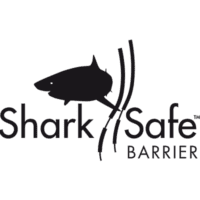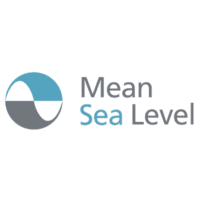SharkSafe Barrier
When Italian marine biologist Dr Sara Andreotti began studying for her PhD at Stellenbosch University and learned that there were only 300-500 white sharks left on South Africa’s coastline, she knew that something needed to be done. The shark nets and drum lines introduced to our country in the 1950s were causing more harm than good. While they may have been protecting surfers and swimmers from shark interactions, they were also trapping and killing the sharks. “Gill nets trap a lot of other harmless species, too,” says Sara, listing whales, dolphins, turtles and manta rays as some of the unfortunate victims. Even lethal baited hooks (drum lines) specifically targeted at sharks are not a sustainable solution. “These large predators are important for the ecosystem,” Sara says.
SharkSafe Barrier, which Sara co-founded, provides an environmentally friendly alternative to keeping both humans and marine animals safe. The underwater barrier, comprising of staggered rows of separated vertical pipes anchored to the ocean floor and reaching above the water surface, resembles a dense accumulation of kelp. “Sharks know what a thick forest of kelp looks like, and they don’t like it,” says Sara, whose team studied shark behaviour and deterrent technology for more than five years, learning, among other things, how seals hide from their predators within such forests. “Sharks see how the pipes behave like kelp, moving with the waves, so they don’t come close to them.” When visibility is poor and the sharks happen to get too near, magnets inserted in the pipes deter them from approaching further. “They create a magnetic field that overpowers the sharks’ electromagnetic senses,” explains Sara.
“This is not going to solve the declining number of sharks on its own,” she says, “but it is a great step in the right direction, allowing everyone to enjoy the ocean without hurting it.”













